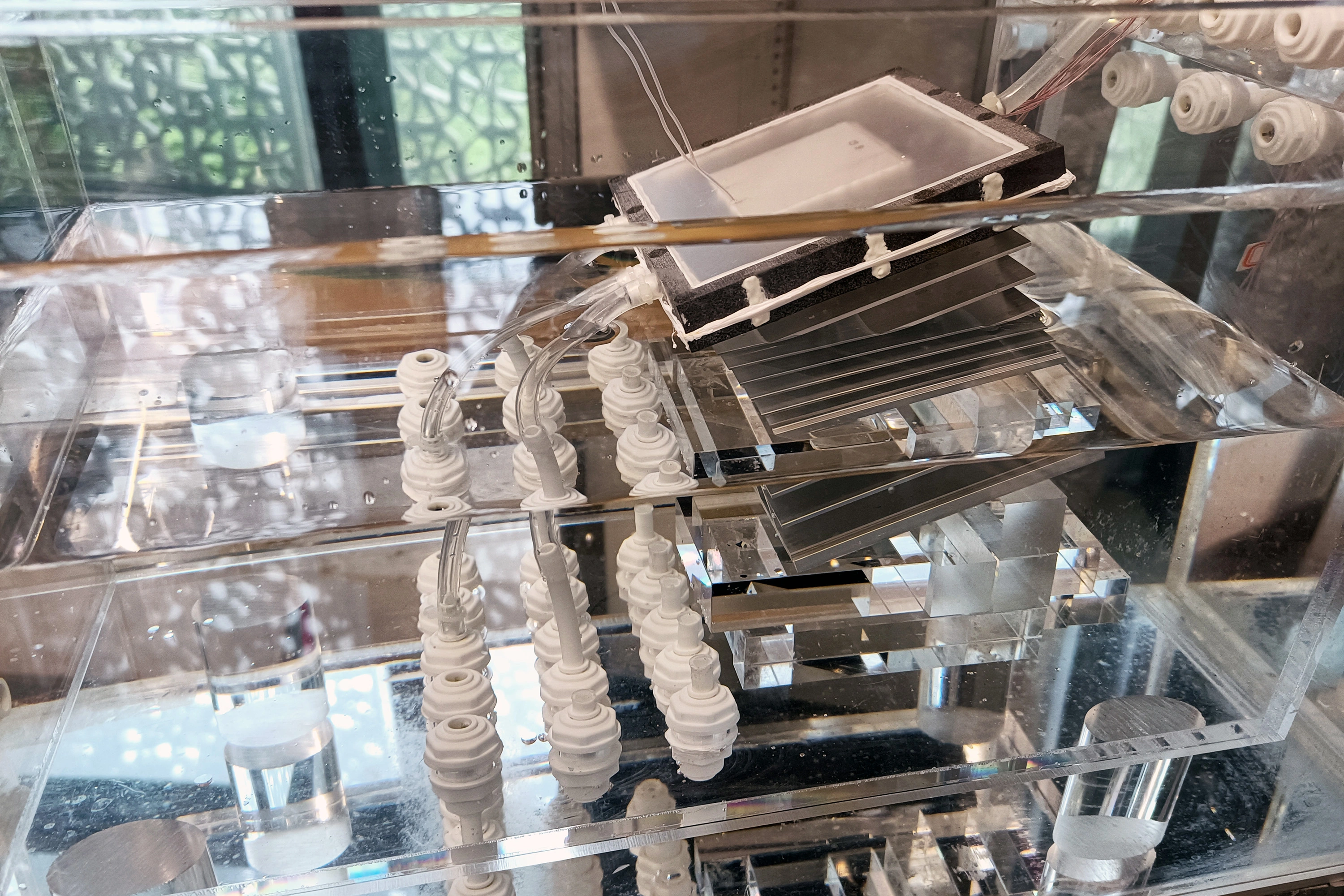According to MIT, this technology works even at small scale, with one the size of a suitcase able to desalinate 6 litres per hour, and only needing to be serviced every few years.
OP, you made a mistake in the title. This doesn’t scale down to suitcase size. It scales up to suitcase size. Which makes sense - water circulation powered by passive solar heating can only go so far.
And if you notice, the device is fueled by sunlight - so it needs a 3x3 square of shallow water for each “suitcase”. The devices can’t stack on top of one another. If you start putting these down along the coast you quickly run out of space - and the coastal habitat where these devices would sit is extremely valuable to both humans and animals, and if you put them too close together you start having problems with salt runoff accumulating.
This could supply fresh water for poor coastal villages or off grid homesteads. It doesn’t scale to cities.
I wanted to emphasize how well it works at small scale. But there’s nothing in the article that says it only scales to the size of a suitcase, as far as I could see, they just used that as an example.
A person uses some 200 litres per day.
One suitcase according to their description makes 144 litres per day. So this is pretty big if it actually scales.
Depends on the person - I have seen households where a person uses less than 20 liters per day. :)
Besides, seawater can be used to wash oneself or flush a toilet - I think it’s the use of drinking water that makes a difference.
200 liters is with bathing, cooking, toilets, and all the other conveniences of modern life in industrialized Western society.
This device is aimed at small scale off grid household use - people who don’t have public water or sewer and naturally use much less.
200 is on the high end, and not all of it needs to be desalinated
Mb stupid question, but does desalinated water have any minerals?
None to very little. This device is a solar evaporator, so most the minerals would stay behind. Some minerals will be carried up by convection with the evaporating water, but not a lot.
In a reverse osmosis plant, it uses tiny filters that only allow water molecules and smaller to pass through, so it would be possible for some lithium or other small minerals to get through.
Makes sense, that’s what I thought. So do you add minerals afterwards or how do you proceed after extruding the water? If you were to use it for human consumption.
Desalination has gotta be the key to absorbing carbon. We could create artificial oases (is that the plural of oasis? lmao) in Africa, Australia, and the western US and Mexico. Unlimited water for agricultural needs as well as perhaps being used to expand and grow forests. Idk if that would work but it would help a food and water security crisis while also absorbing more carbon right? Any smart people here?
You’d still need a water source, so it’d be most effective in arid climates by the ocean. And I don’t know how quickly these clog, you’d need to do something with the tons of salts that you get out of the ocean water.
That’s roughly my feeling too. Slap some nuclear power plants in tectonically-stable areas far from population centers and use the massive amounts of energy to desalinate.
What will happen to the salt?
If you can get it dry enough, there are huge underground salt mines that could be back filled.
But an larger ocean usually has enough currents that it dillutes out well enough to not be a major issue.
It’s shot in to space!
Because the device is tilted, saltier water flows out of the device and back into the main salt water reservoir due to having more mass than the less salty water. As long as the main reservoir was regularly flushed with new salt water, it would never become dangerously concentrated to marine life, which is a major advantage.
If scalable… nifty
Sea salt is also a possible source of lithium, so you could possibly mine and filter it for various resources.







